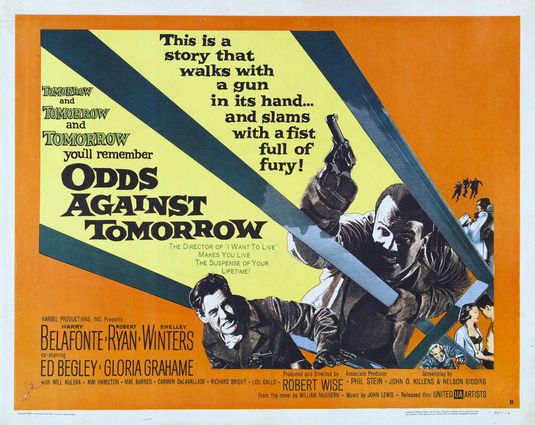
Why are biographic films so terrible? "Sister Kenny" is the heroic tale of an Australian nurse, played by Rosalind Russell, who discovers an unorthodox treatment for polio. Kenny is noble and resolute. Early in her life she considers leaving nursing to marry, but the children command her attention. She is practically made of granite. Her methods meet extreme resistance from doctors, all men, embodied in one figure, Dr. Brack, a mean old buzzard who dismisses her because she doesn't have a medical degree, reserved solely for men.
It's interesting to learn about the evolution in the treatment of polio, but as a film this is terrible. Kenny is clearly an excellent person from the beginning and Russell plays her as a stoic champion. She does attempt to exude humility and passion, but each of these deviations from the stoic quality serve to exaggerate her saintliness. It's a waste of time. There's no drama. Even as she stands up to the medical establishment, it isn't a real argument but rather a bombastic declaration of her greatness against an argument better elucidated an hour earlier in the film. It's repetitive and uninteresting. It is remarkable that the real Elizabeth Kenny faced so much resistance and it does remind me that medicine is not an exact science, but full of tradition and prejudices. The real Sister Kenny had a remarkable life and her story holds interest for history lovers, but the film makes this groundbreaking woman seem wooden.






